Deforestation encompasses the facts and figures of a dramatically changing world, where lush green forests are being constantly eroded, leading to a plethora of environmental issues. This global phenomenon affects not only the local environment where it happens but also has far-reaching impacts on the world’s climate, ecosystems, and biodiversity. Understanding the causes, effects, and feasible solutions to stop deforestation is imperative for sustaining the health of our planet. This article delves into the multifaceted aspects of deforestation, highlighting the significance of forests and the urgent need to protect them.
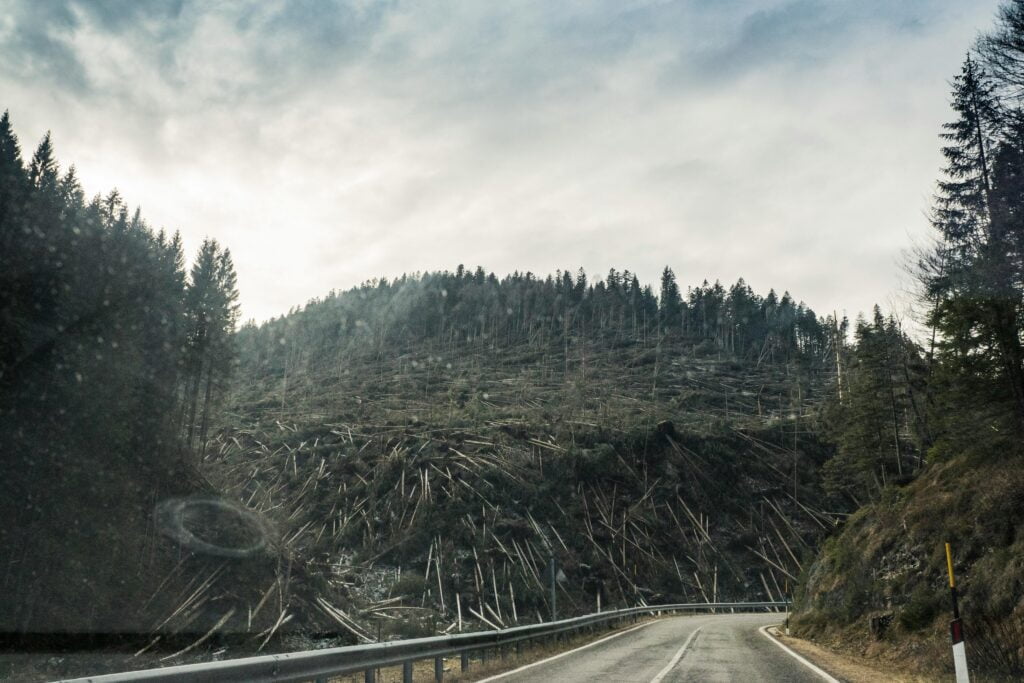
What are the primary causes of deforestation?
How does agriculture drive forest clearing?
Agriculture stands as a predominant cause of deforestation, with vast expanses of forests being cleared to make way for agricultural plantations. This transition from forest to farmland involves the clearing of trees to graze cattle or to grow cash crops like palm oil, dramatically affecting tropical forests across the globe. Indonesia, for example, has seen millions of hectares of forests converted into oil palm plantations. This agricultural expansion not only reduces forest cover but also impacts biodiversity and contributes to greenhouse gas emissions.
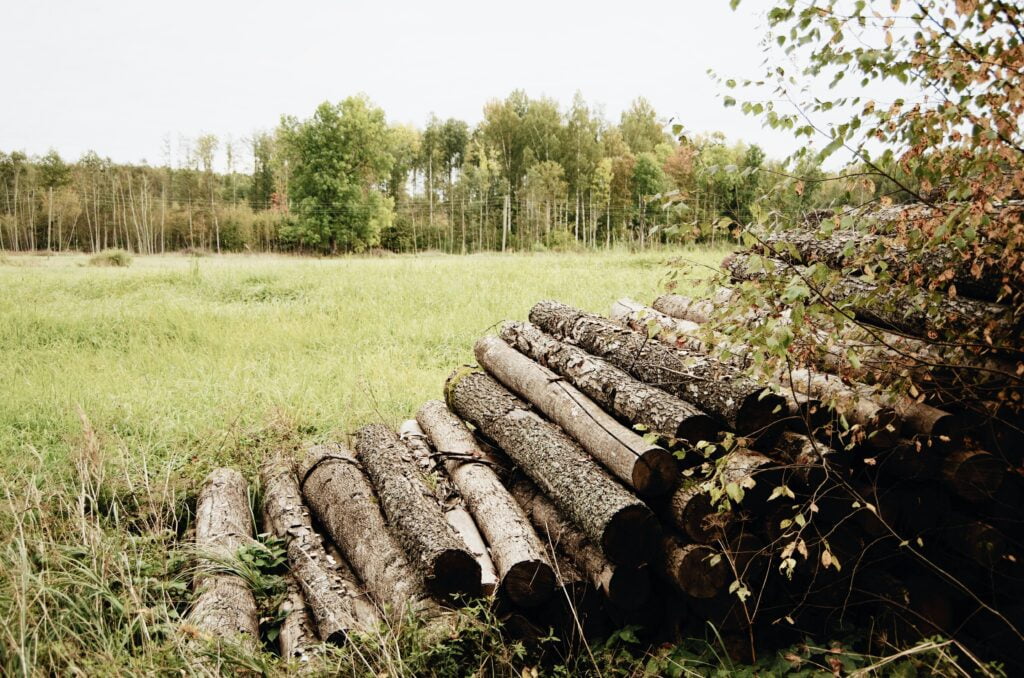
Impact of logging and the demand for timber
The logging industry, driven by the high demand for timber, causes significant forest loss. Trees are felled for their wood, used in construction, furniture, and paper products, leading to a devastating effect on forests. Illegal logging, a rampant issue in several parts of the world, further exacerbates the problem, with the World Resources Institute shedding light on the extent of forest degradation due to unsanctioned logging activities. Preventing illegal logging is critical in the fight against global deforestation.
Expansion of urban areas affecting forests
As urban areas expand, forests are frequently cleared to make room for development. This urban sprawl not only encroaches on forest land but also fragments habitats, undermining the ecosystems within. Certain regions in Southeast Asia have witnessed rapid urbanization, leading to the displacement of vast areas of forest cover. The effect of such encroachment is manifold, contributing to biodiversity loss and altering local climates.

What is the global impact of deforestation?
Effects on climate change and carbon dioxide emissions
Deforestation plays a significant role in climate change, contributing to the increase in carbon dioxide emissions. Trees, which act as carbon sinks, are increasingly being cut down, releasing carbon dioxide back into the atmosphere. This cycle exacerbates the greenhouse effect, leading to global warming. According to the Food and Agriculture Organization of the United Nations, deforestation and forest degradation account for nearly 15% of all greenhouse gas emissions, underscoring the urgent need to address this issue.
Loss of biodiversity and the threat to ecosystems
The loss of forests means the destruction of habitats for millions of species. Deforestation results in a drastic reduction in biodiversity, with the World Wildlife Fund highlighting the critical state of ecosystems worldwide. The tropical rainforest, rich in unique flora and fauna, faces the highest rate of deforestation, endangering countless species and diminishing the natural wealth of our planet.
Deforestation’s role in altering water cycles
Forests play a crucial role in regulating water cycles, with their canopy intercepting rainfall and their roots aiding in the absorption and distribution of water. Deforestation disrupts these natural processes, affecting not only the availability of water but also leading to soil erosion and altered rainfall patterns. The consequences of deforestation on water cycles have a ripple effect, impacting agricultural productivity, fresh water supplies, and overall climate regulation.
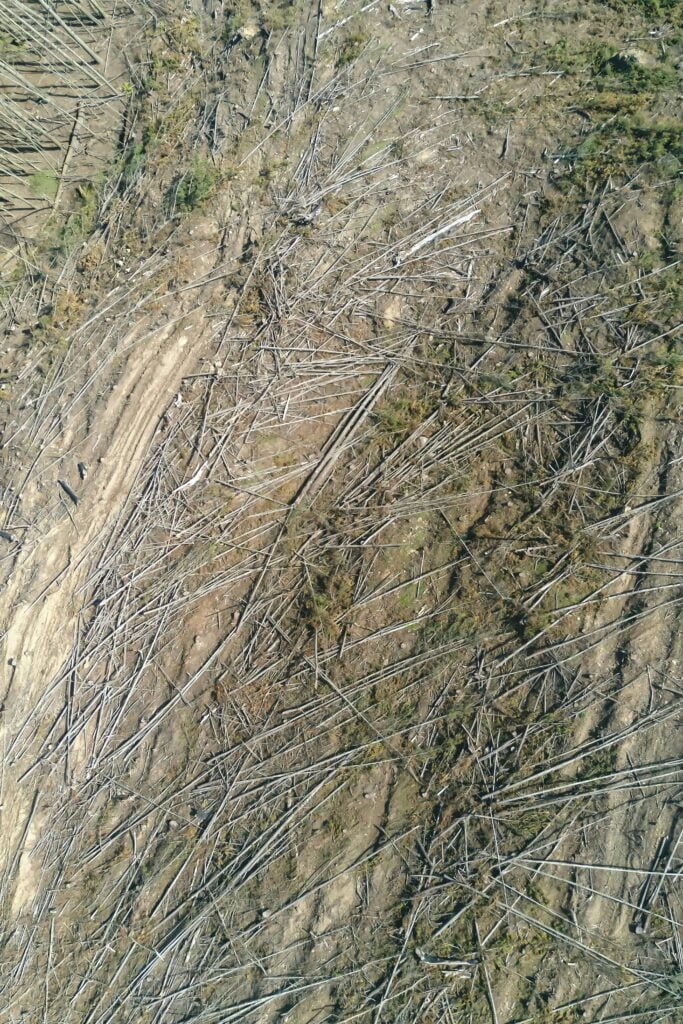
Why is the Amazon rainforest often highlighted in discussions on deforestation?
The extent and rate of deforestation in the Amazon
The Amazon rainforest, often referred to as the “lungs of the Earth,” faces an alarming rate of deforestation. With millions of hectares cleared annually, the Amazon has become a focal point in discussions on deforestation. The causes range from cattle ranching to illegal logging, with significant portions of this vast rainforest being removed at an unprecedented rate.
Unique biodiversity is at risk in the Amazon
The Amazon rainforest is home to unparalleled biodiversity, housing species that are not found anywhere else on the planet. The deforestation of the Amazon threatens this biodiversity, leading to irreversible losses. From rare plants to indigenous animals, the ecological wealth of the Amazon is at risk, highlighting the critical need for conservation efforts.
International efforts to stop deforestation in the Amazon
International cooperation is crucial in the battle against Amazon deforestation. Initiatives like reducing emissions from deforestation and forest degradation (REDD+) aim to mitigate climate change by fostering conservation. Global partnerships and funding mechanisms are being developed to support the Amazon region and stop deforestation, showing a collective commitment towards preserving this vital ecological asset.

What can be done to stop and reverse deforestation?
Role of reforestation and afforestation
Reforestation and afforestation play critical roles in counteracting forest loss. By planting trees in areas where forests have been cut down (reforestation) or in areas where there were no previous forests (afforestation), we can restore ecosystems, enhance biodiversity, and mitigate the effects of climate change. These efforts, while challenging, are essential for reversing deforestation.
Policies for sustainable forest management
Implementing policies for sustainable forest management is key to preventing future deforestation. Such policies include enforcing legal frameworks to protect forests, promoting the sustainable harvesting of timber, and encouraging practices that reduce forest degradation. By prioritizing the health of forests in policy-making, we can ensure the preservation and sustainable use of these critical ecosystems.
How consumer choices affect efforts to protect forests
Consumer choices have a profound impact on forests. By choosing products certified for sustainable practices, consumers can drive demand for responsibly sourced products, diminishing the incentive for deforestation-driven agriculture and logging. Awareness and education on the implications of consumer choices can foster a cultural shift towards more sustainable consumption patterns, which is vital for forest conservation.
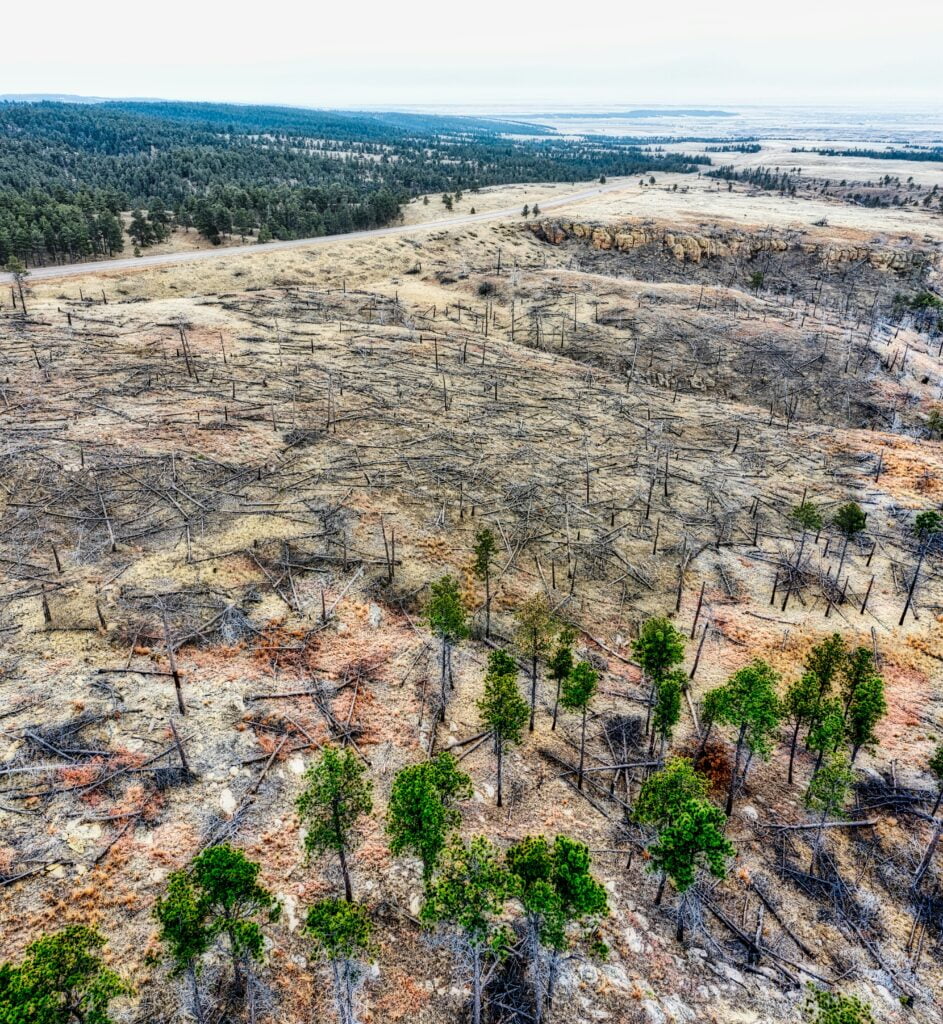
Innovative solutions and initiatives for protecting global forests
Technological advancements in monitoring and preventing illegal logging
Technological advancements have emerged as powerful tools in the fight against deforestation. Satellite imagery, drone surveillance, and artificial intelligence are being utilized to monitor forests in real time, enabling the detection and prevention of illegal logging activities. These technologies offer new avenues for conservation, providing critical data for forest management and protection efforts.
Community-based efforts to protect forests and indigenous lands
Community-based conservation efforts recognize the invaluable role of local communities and indigenous peoples in forest protection. By involving those who are most directly impacted by deforestation, sustainable management practices can be developed that honor traditional knowledge and livelihoods. Empowering communities to conserve their forests fosters stewardship and creates effective barriers against deforestation.
International cooperation in addressing global deforestation
Deforestation is a global issue that demands a coordinated international response. Collaborative efforts such as the United Nations’ REDD+ program exemplify the commitment of the international community to halt global deforestation. Through shared knowledge, resources, and goals, nations can work together to ensure the preservation of forests worldwide, securing a healthier planet for future generations.
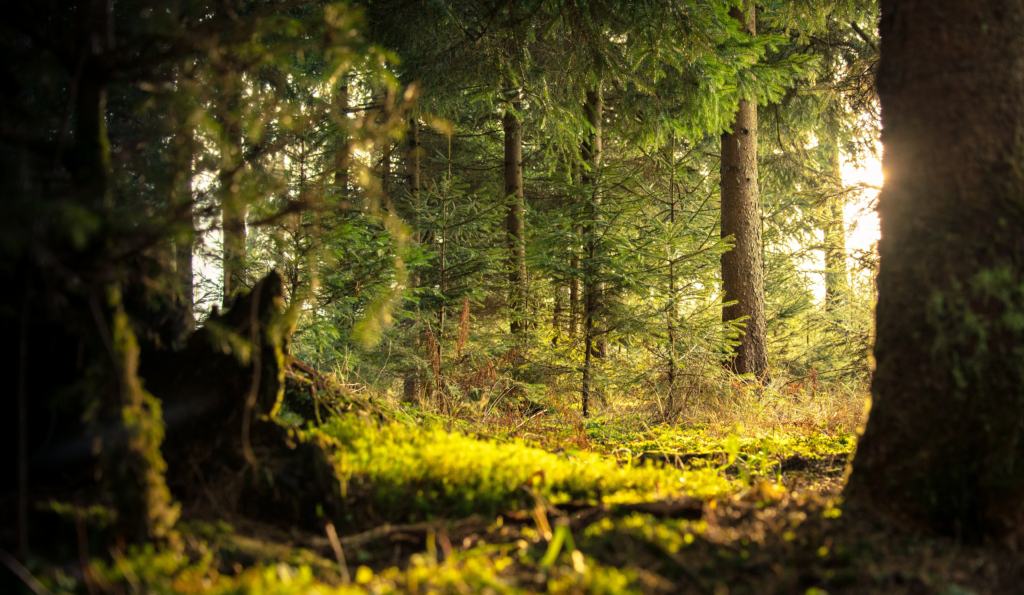
Here are some common questions that are frequently asked about deforestation:
- What are deforestation and forest degradation? Deforestation refers to the destruction and conversion of forest land to other land uses that are usually considered more profitable. Forest degradation is used to mean the destruction of specific aspects of forests such as a decrease in tree cover, changes in their structure or a reduction in the number of species that can be found there1.
- What is the extent of the problem? Forests cover roughly 30% of the world’s land area. According to the United Nations Food and Agricultural Organization (FAO), the annual rate of deforestation is about 13 million hectares per year (approximately the size of Greece). Three percent of the earth’s forest cover was lost between 1990 and 2005 and there has been no significant decrease in the rate of deforestation over the past 20 years1.
- What are the causes of deforestation and forest degradation? Deforestation can occur as a result of direct and indirect economic, institutional, political, natural, or social factors. Their importance varies among countries and regions, within countries themselves and can change over time1.
- What are the negative impacts of deforestation? The negative impact of deforestation can be felt in economic terms, but also in the environment and society in general, especially on climate, biodiversity and poverty1.
- Are so-called carbon credits an effective instrument for the real reduction of CO2 emissions into the atmosphere? This question discusses the effectiveness of carbon credits, which are a type of tradeable certificate or permit representing the right to emit one tonne of carbon dioxide or the equivalent amount of a different greenhouse gas

